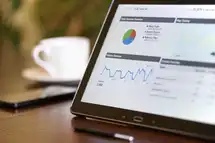What is a business intelligence system?
A business intelligence system or a BI system is a set of software tools that allows users to search, analyze, and visualize data and make data-driven decisions. BI systems are designed with user friendliness in mind to allow anyone to easily analyze data. The main goal of a BI system is to reduce the amount of time spent on data analysis and make it a seamless part of the business workflow. In this article, we will talk about different types of business intelligence systems and their purpose.
Business Intelligence Systems - The Key to Improving Your Company's Performance
What is Business Intelligence?
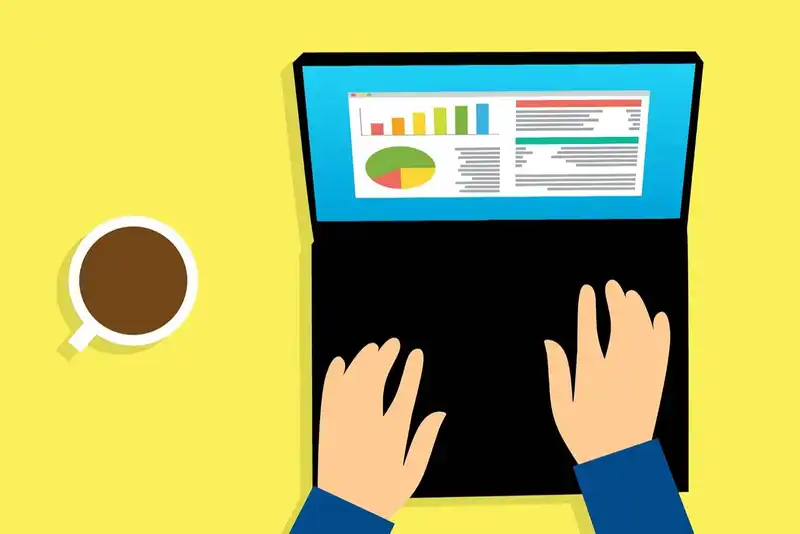
You must have read the story of the ants and the grasshopper. The ants toiled hard in the summer to store food for the winter, while the grasshopper happily played its fiddle, hardly worried about the hard days ahead, believing that there would always be enough to eat. But when icy winter did arrive, the grasshopper found itself starving, while the ants had no dearth of food.
This beautiful Aesop's fable has a vital management lesson no business can ignore. Businesses have to have complete knowledge of what resources would be required in the future. To deal with the uncertainties of the future, you have to prepare in the present, to avoid being caught off-guard. For that, you require a system that churns out critical business data in an easily digestible form, and engages in predictive analysis.
A business intelligence and analytics solution comes in handy in this regard to forecast customer demand during upcoming big events. If a restaurant, for example, decides to live screen an event to tap into the heightened sales opportunity, but doesn't prepare beforehand to replenish its stocks, it may not be able to serve its customers their favorite menu item during the event, and end up losing face.
Moreover, to operate at peak efficiency you need to identify the mistakes you have been making, and learn the tricks that can give you higher returns. In short, to be successful, you can't do without business intelligence and analytics.
A business intelligence system helps organizations discover and gather data from a large number of data sources, such as the point of sale (POS) system, and a host of other platforms devoted to customer relationship management, workforce management, supply chain management, inventory management, and enterprise resource planning.
This sea of data is stored in a data warehouse. Connection and comparison between individual pieces of information contained in the data warehouse give business owners a comprehensive view of the organization's state of health.
This data, though highly valuable, is inert by itself. It needs to be interpreted and analyzed to be of use to the organization. Data analytics comes in handy here by helping organizations find answers to questions of 'how', 'what next', and 'why'. It uses machine learning and artificial intelligence (AI), and lets organizations make better choices to minimize resource wastage, while ensuring the best customer service, and higher earnings.
Sophisticated business analytics informs decision making, and lets organizations make more accurate sales and demand forecasts, with the help of which stock-outs can be avoided, and labor and inventory costs can be cut.
An example of how business intelligence can help a company prepare for uncertainty comes from the restaurant sector. Restaurants that had embraced tech-based solutions even before Covid struck were able to ride out the pandemic better than restaurants that stubbornly clung to old-fashioned ways of doing business. The latter, like the proverbial grasshopper, perished when the situation worsened.
How Does a Business Intelligence System Work?
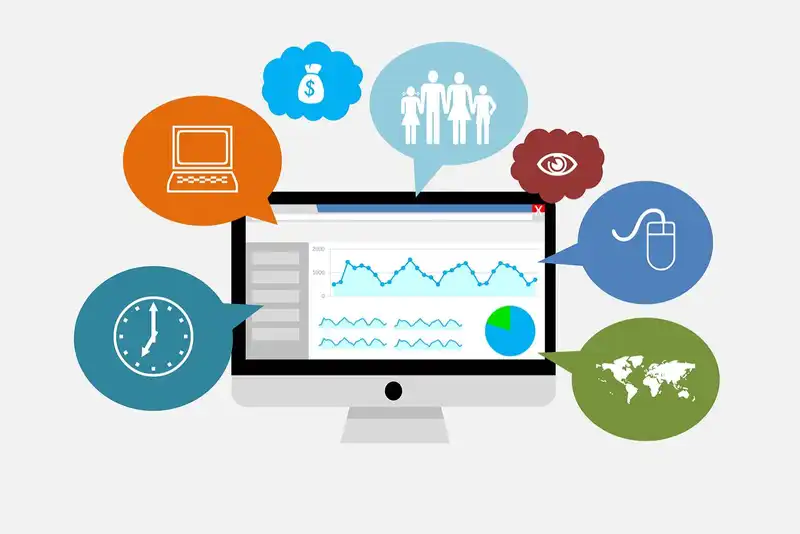
Big data sets created by businesses tend to become cumbersome and unmanageable without the aid of smart business intelligence systems. For example, a restaurant that buys and sells goods in large quantities would want to accurately count its inventory in order to avoid over-and undersupply, food wastage, and hidden dollar leakage.
Under the weight of big data, manual stock-take on rudimentary spreadsheets may be error-prone, inefficient, and inadequate. This problem can be solved by business intelligence software.
Using business intelligence software, organizations can number-crunch the data in their data warehouse to produce insights that will guide decision making for the company. An organization that is intelligent in its decision making will be more stable and competent than its peers.
The data visualization automatically generated by business intelligence solutions, in the form of charts, tables, maps, and graphs, brings data to life. It allows enterprises to correlate various findings, establish cause-and-effect relations, weigh the pros and cons of processes and initiatives, and take appropriate action where needed.
Business owners will have a broad overview of how the firm is faring, and get a closer look at niche areas through data mining. (Data mining is the process of analyzing big data sets to draw useful inferences.) Simple data visualization created by BI solutions highlights key performance indicators that companies need to monitor.
In this regard, business intelligence tools use a wide range of techniques for data analysis. Examples include online analytical processing (OLAP), ad hoc analysis (a major part of self service BI), real-time BI, mobile BI, open-source BI, collaborative BI, software-as-a-service BI, cloud-based BI, embedded BI, and so on.
Business intelligence systems can be difficult to implement.
You may not know where to start, or what you need to do to make sure your business intelligence system is successful.
Benefits of a Good BI System
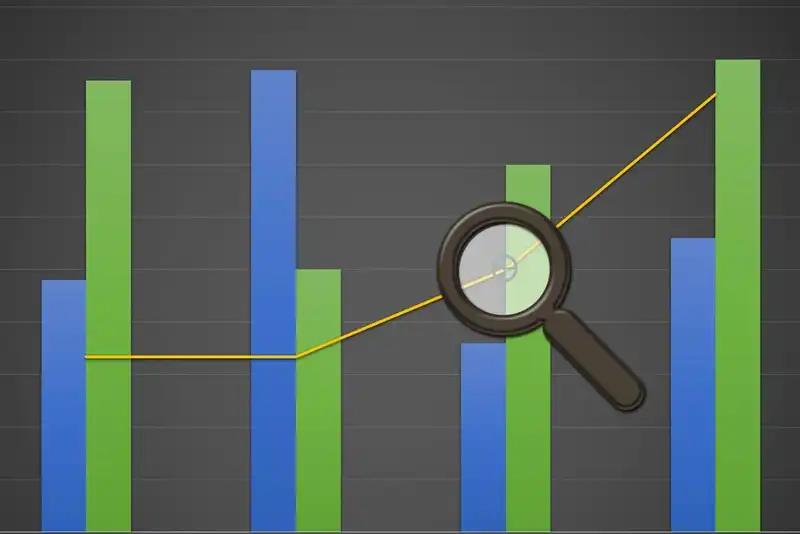
1. A business intelligence system allows a restaurant to identify which menu items are liked the most by patrons and which receive a lukewarm response by mining sales data generated by the POS system. This helps in menu management. Restaurant operators can make critical business decisions, like which items to retain, advertise more, and which ones to strike off the list so that profits can be maximized. Prices of products can also be suitably adjusted. Multi-chain restaurants can analyze data to identify their most successful outlets.
2. A good business intelligence system lets organizations undertake Trend Analysis by looking at POS reports so that future demand and sales can be predicted. Sharp demand planning helps with cost adjustment, employee scheduling, inventory planning, and formulating various strategies so that business objectives are met.
3. Inventory management can be made efficient through data analysis. On the basis of sales data, a restaurant is able to decide which ingredients have to be reordered and which ones need not be purchased right away. Business intelligence tools can be utilized for efficient management of the food supply chain. Business intelligence also reveals discrepancies between expected and actual food usage and lets restaurants discover reasons for food wastage.
4. POS data can be analyzed with the help of dedicated BI systems to identify periods of heavy and slow traffic. This will enable restaurants to determine whether they have been able to optimize employee scheduling, according to the actual needs of the business. These insights prove vital for organizations looking to reduce labor costs. Additionally, POS systems offer a wealth of data on a variety of subjects, like monthly income per worker/time slot, top performers and laggards, and so on. They also serve as worker time clocks. This data can be analyzed with the help of data analytics software to make better strategies.
5. Analysis of POS data can also help identify an organization's most devoted patrons. Customer data can then be used to create loyalty programs and woo customers through personalized methods of marketing in the form of emails, phone calls, or text messages.
6.Business intelligence and analytics allow organizations to discover and remove blindspots. For instance, a restaurant can be overpaying for an ingredient without realizing that a comparable or superior product is available at a cheaper rate elsewhere.
How to Choose the BI System You Need

1. A strong business intelligence platform gives business users real time data access and analysis. It should integrate seamlessly with the company's existing data strategy rather than calling for the purchase of additional products.
2. You need to gauge the total cost of owning a business intelligence and analytics platform. A small firm could choose open-source BI software for data mining and ad hoc reporting. However, it is important to remember that the adaptability of open-source systems may decline with the expansion of a business.
3. The best business intelligence solution is one that ensures data security without compromising on innovation, and helps users derive actionable insights and make strong business decisions.
4. Data visualization is one of the most useful features BI solutions can offer. Graphs, charts, and tables help break down and simplify complex data. A BI system that comes with advanced data visualization tools that make charts and graphs easy to understand, is preferable. These charts and graphs should also get updated in real time.
5. Pick a business intelligence solution provider with substantial experience in research and development. It's crucial to take into account the BI solution provider's record and priorities when making a choice. One should also go through user reviews before buying BI products.
6. A business intelligence system must be easy to use, flexible, and should be able to scale up without difficulty as the business expands.
Top 5 BI Systems for Restaurants
1. Zip POS Dashboard-
When a restaurant's POS system fails to aggregate and process data efficiently, it's hard for an operator to make sense of that data, let alone make the right decisions based off it. A business intelligence and analytics solution like Zip POS Dashboard is useful here.
Zip POS Dashboard gives users access to relevant data pulled from the POS system in real time and displays it as automatically generated charts and graphs. These can help a company evaluate its performance and identify operational snags. Zip POS Dashboard also makes sure no sales data is lost by the POS system. The Zip POS Dashboard software is free of cost and can be accessed from Hubworks, an app store for restaurants.
2. Microsoft Power BI-
This program converts data into extremely handy graphics, giving businesses precise knowledge of what customers desire. Power BI provides a bouquet of business intelligence tools for data segmentation and the creation of valuable insights. Integration with Excel, a plethora of data visualizations, and built-in AI capabilities enable users to share insights quickly across teams. The Premium version costs $27.50 per user per month, and $6,858.10 per capacity per month. The Pro version costs $13.70 per user. Power BI offers a free basic version too.
3. Restaurant365-
This cloud-based software is a single, integrated platform housing all the tools needed to operate a restaurant business. The software integrates fully with payroll, POS, and supply chain systems. You can effortlessly count and measure your stock levels with the help of this BI tool. This software helps in cutting food waste by encouraging restaurants to purchase the exact inventory they need. Users can choose between 'Essential', 'Professional', and 'Enterprise' plans. While the first two packages cost $399 per location per month, and $489 per location per month respectively, the 'Enterprise' plan is custom-priced.
4. Tableau-
This platform brings together data from several sources to deliver real time, actionable insights. It enables users, irrespective of skill level, to examine data using simple tools like drag and drop filtering. In addition, its superior natural language processing features makes the software intuitive and easy to use. It provides a wide range of customization and security options too. The Tableau Creator solution is priced at $70 per user per month, Tableau Explorer costs $42 per user per month, and Tableau Viewer charges you $15 per user per month. Tableau Public, on the other hand, is a free BI tool.
5. Looker-
This web-based platform lets organizations explore, discover, visualize, and share data insights. Organizations can examine data and dive deep into data analysis to be able to better understand their performance across various business parameters. With Looker, custom apps can be created to provide unique data experiences. The price of this software is quote-based.
Running a company is hard work. You’ve got to make sure you’re making the right decisions and that your company is as efficient as possible.
Sometimes, it can be difficult to know what the right decision is.
Are Free BI Tools Any Good?

Businesses, especially smaller ones, that require basic data reporting and analytics features but don't want to pay big bucks for them, can consider free business intelligence software. These software solutions may not possess all the cutting-edge features of a paid platform, but still offer enough to complete basic functions.
Free tools can be cloud-based, on-site, or in the form of hybrid solutions. Free business intelligence tools are available as apps too, allowing organizations to study reports and undertake data analysis on the fly.
Free tools offer a variety of reporting and dashboarding options for comprehensive descriptive analysis as well as predictive analysis.
However, it must be noted that such software is often provided on free trial, as a launchpad for a product's paid versions. In other cases, the software can be extended free of cost for a specific period of time, number of sessions, or number of users. A very small pool of software providers, like Visualize Free, BIRT, and Tableau Public offer unlimited free solutions.
One of the best aspects of a business intelligence system is business user autonomy. It enables users to gain insights into collected data without the need for data analysts. And it speeds up decision making. Free BI tools, much like their paid counterparts, give end users control over data analysis and prediction, but, of course, up to a point.
These tools have their limitations. Free tools come with minimal features that won't satisfy all the BI needs of an organization. For example, free software may not have extended data source linkages. It is, therefore, important to see if the free tools adequately address the specific requirements of your organization, and whether the missing features will have any significant impact on your operations.
Final Word
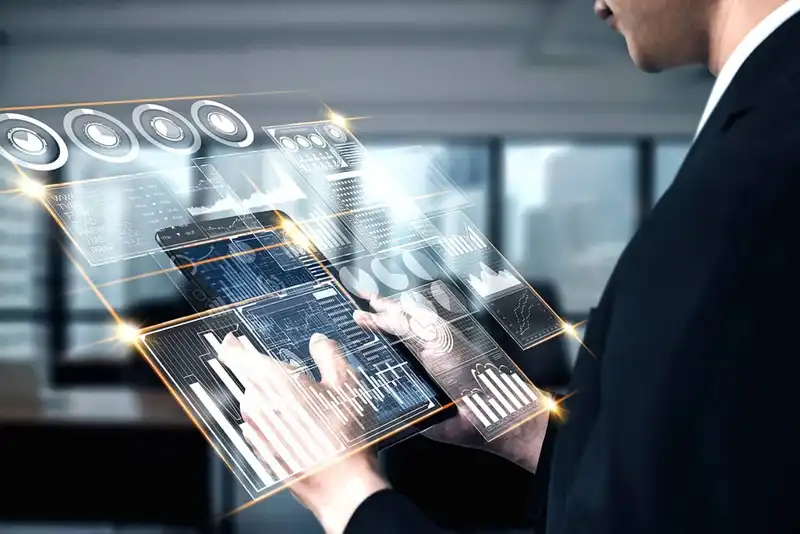
Any organization that wants to turn profitable needs a quality business intelligence and analytics system. For restaurants, this need is all the more pressing as they seek to put the dark days of Covid behind them.
Forced to go tech-forward during the pandemic, many restaurants introduced solutions like online ordering, third-party delivery affiliations, drive-thrus, and curbside pickup, to stay in business. Some restaurants started exploring the concept of food lockers too. Business intelligence software allows restaurants to understand which tech-driven sales channels work best for them. BI software can also help restaurants in understanding food and payment preferences, and take appropriate decisions.
The effectiveness of BI systems can be sharpened by having a solid BI strategy in place. The creation of BI strategies involves selecting the right BI platform, bringing together all the stakeholders that take part in decision making, outlining the aims of data analysis, putting together a team to implement the BI plan, and building a BI roadmap that keeps a record of important deadlines and dates. A BI strategy is a step-by-step guide for implementing data mining and analytics, to measure business performance, identify competitive advantages, and make an operation more customer-focused.
A business intelligence system supported by a prudent strategy primes a business for success.
Your company is growing, but you're still using the same old tools and systems.
You need to keep up with your competitors, but you don’t have the time or resources to develop new systems and tools.



